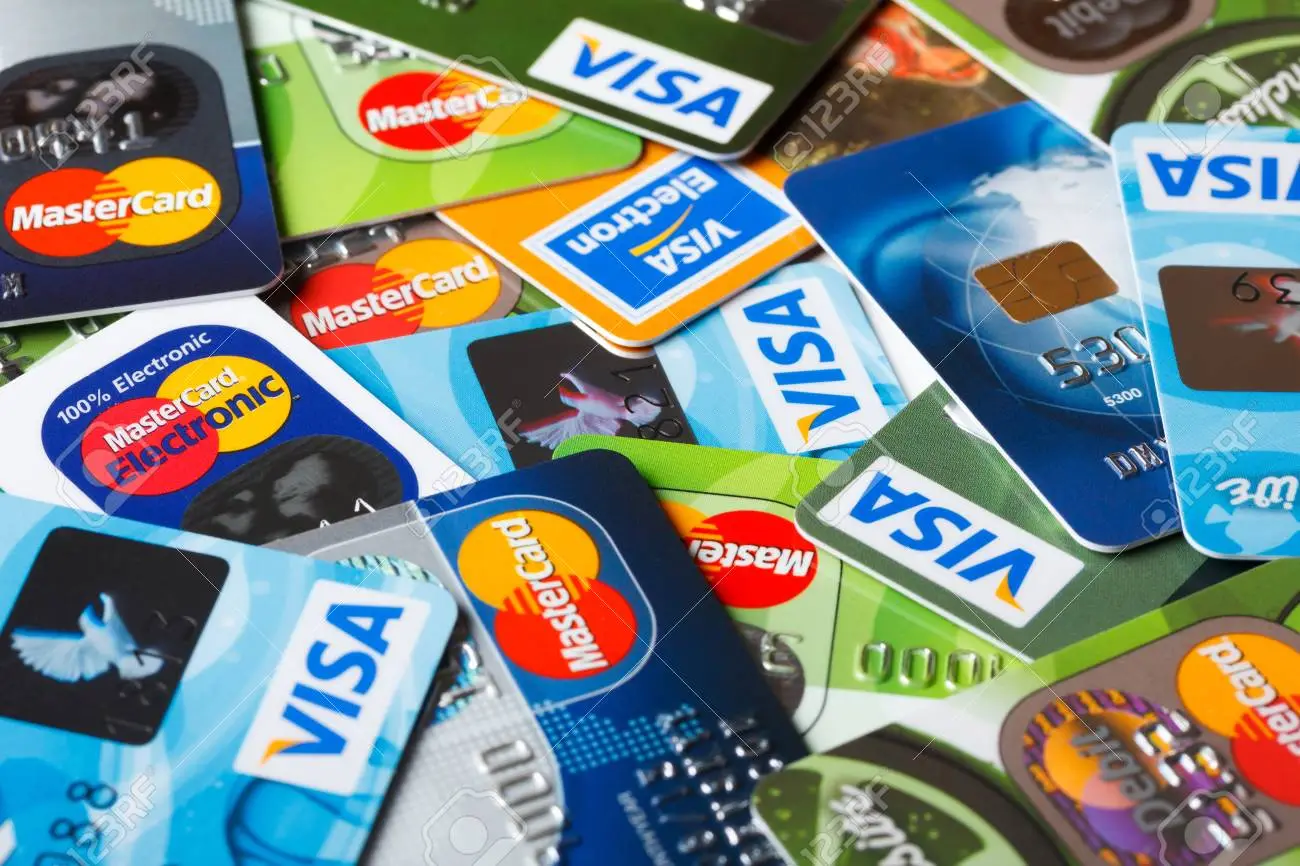Credit Card in depth: How it all works
by Admin | July 23, 2021
Learn about the types of Credit Cards, their details and parts
Discover everything related to the types of credit cards, their parts and the data they contain, as well as the way in which interest is calculated.
The use of credit cards increases every year, positioning this type of financial product as one of the most common payment methods in the country. That is why it is very important that you know everything related to them, so that you can use this learning as a tool in your favor and get the best out of your credit card.
What types of Credit Cards are there?
If the use of credit cards is growing every year, the number of options offered is increasing and they are as varied as the customers who use them. However, as you can imagine, the same customer can have different cards, so choosing a card has become a task that requires a good analysis.
It is important that you know the types of credit cards that exist. Essentially there are:
The four according to the color of the plastic: Classic, Gold, Platinum and Premium.
Low-cost cards: No Annuity, No Commissions, Low Rate, Balance Transfer and Service Cards.
Rewards cards: Travel Mileage and Points cards.
College cards and cards that offer waivers for those who cannot prove income.
The differences between the types of cards according to the color of the plastic are given by the hierarchy of the product. For example, Classic cards are the most basic cards offered to people with low income levels. Gold cards are for customers with higher income levels and focus on providing rewards. Platinum cards seek to provide rewards and services to attract customers with high income levels. Finally, Premium cards are for the most exclusive customers with services superior to all others.
Low-cost credit cards are those that seek to attract customers who want to pay less interest and commissions, even if they have to sacrifice benefits. These plastics offer what their name indicates: zero annuity, no commissions or low rates. It is common to find along with these products those aimed exclusively at university students or those that contemplate a line of credit with process exemptions.
Finally, credit cards with rewards are those that provide specific additional benefits, such as traveler miles or points that can be exchanged for products at participating merchants.
What is the main Credit Card data?
Credit card data follows certain logics. On the one hand, there are the data that relate to the security of the credit line and the others are those that identify the products.
Among the identification data are the name of the cardholder, the expiration date, the issuing bank or entity and the company that makes the transaction possible. The security data include the magnetic stripe, which like the chip, contains the credit line information, the card number, the signature and the CVV.
It used to be very common for the card information to be on the magnetic stripe, but for security reasons the infrastructure has changed to the chip, as it is more secure. The cards still have the magnetic stripe in case the customer needs to use a terminal that does not have the latest technology or the chip is damaged.
The card number is not a random one. It is a globally unique number composed of 16 digits. The number follows the ISO standard and is separated by groups of four numbers and each grouping gives information relating to that particular credit line.
The signature is to demonstrate the cardholder's consent and the CVV is data that is required for online purchases as a method of validation that the card is physically present at the time of purchase.
How is interest calculated on Credit Cards?
Finally, we just need to tell you how the interest on credit cards is calculated, as this can help you. It is very simple, you only have to take the average monthly balance indicated in your account statement, multiply it by the monthly interest rate expressed as a percentage associated with that card and add the result to the initial amount.
Learn about the types of credit cards, their details and parts




